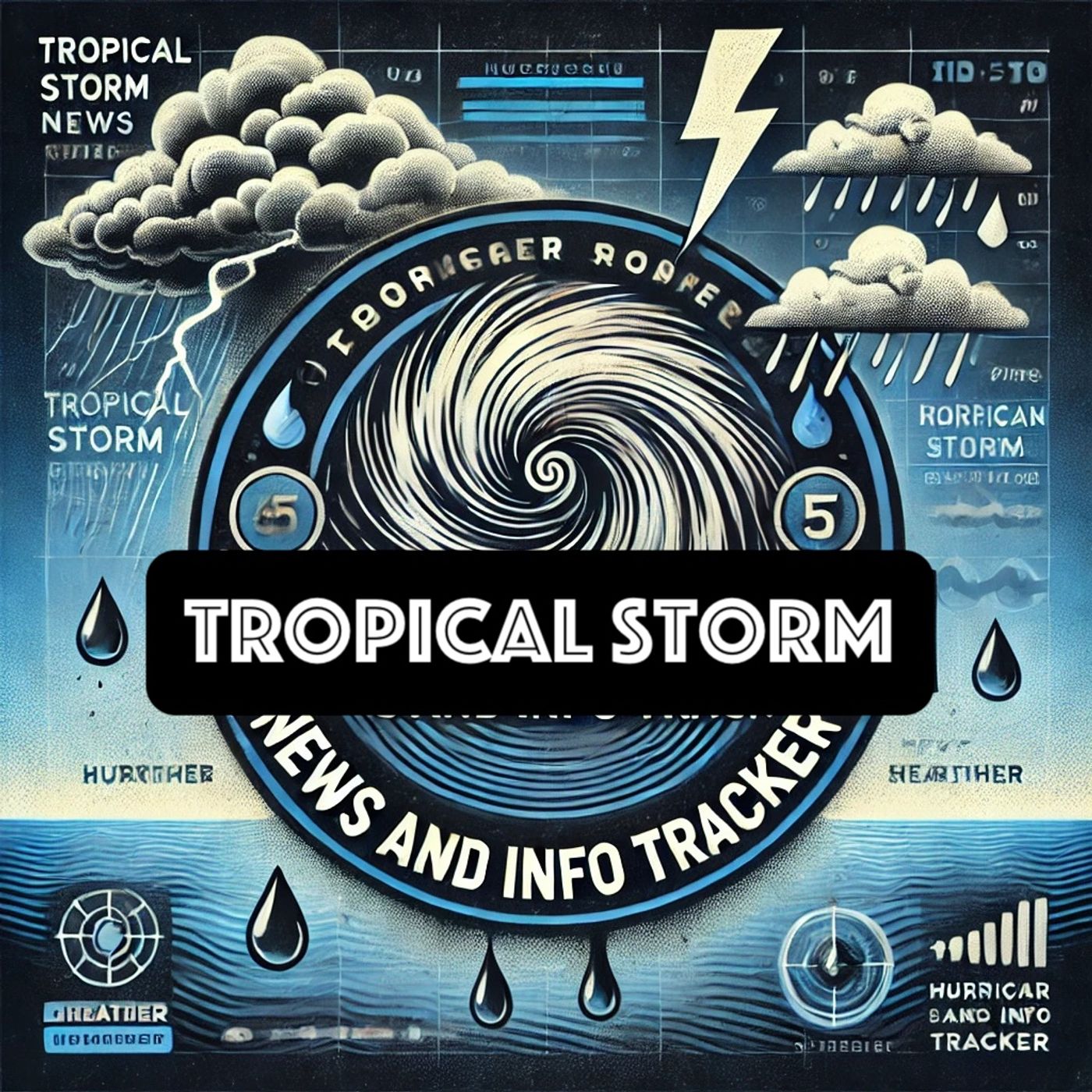Listen ""Tropical Storm Laura's Potential Fujiwhara Effect: Meteorologists Closely Monitor Complex Weather Patterns""
Episode Synopsis
Tropical Storm Laura emerged as a significant weather event, drawing widespread attention and concern from meteorologists and the public alike. As part of a broader weather pattern in the tropics, Laura became a key focus due to its potential impacts on coastal regions and its interaction with other tropical disturbances.Tropical Storm Laura developed amidst a complex meteorological scenario involving multiple systems in the Atlantic basin. One prominent feature at this time was the presence of Tropical Depression 14, which existed concurrently with Laura. The interaction of these two systems raised concerns over the Fujiwhara Effect, a meteorological phenomenon that occurs when two tropical cyclones come close enough to one another to influence each other's paths.The Fujiwhara Effect can lead to unpredictable alterations in storm paths, sometimes causing the storms to spiral around one another or even merge into a larger system. This effect was carefully monitored by meteorologists as it posed a potential increase in the intensity or change in trajectory of the storms involved. Such interactions can complicate efforts to predict landfall locations and the potential areas of impact, making thorough observation and forecasting crucial.Tropical Storm Laura, specifically, carried the inherent dangers associated with such storms, including high winds, heavy rainfall, and the subsequent threats of flooding and landslides. These elements posed significant risks to communities in its projected path, necessitating emergency preparations and vigilance. Local authorities in vulnerable areas were on high alert, issuing warnings and advisories to residents to brace for possible severe weather conditions.The storm's development was closely tracked by meteorologists using satellite imagery, radar, and various weather models to predict its path and intensity. Such forecasting efforts are critical in mitigating the adverse effects of tropical storms by providing timely and accurate information to those in harm's way.The Atlantic hurricane season, during which Tropical Storm Laura formed, is a period often marked by the development of various tropical disturbances. The season typically sees numerous storms of varying intensities, each with the potential to cause significant damage depending on its course and strength. In this context, understanding and forecasting phenomena like the Fujiwhara Effect remains a key challenge and focus for meteorologists, aiming to enhance predictive capabilities and minimize the impact on affected populations.As is common with tropical storms, Laura's eventual dissipating or strengthening would be contingent on multiple factors, including sea surface temperatures, wind shear, and atmospheric conditions. These factors contribute to the storm's lifecycle and its eventual dissipation over land or water. Throughout its progression, continuous updates from weather services are vital in keeping the public informed and safe.The situation surrounding Tropical Storm Laura is a testament to the dynamic and often unpredictable nature of tropical weather systems, highlighting both the challenges and the importance of modern meteorological science in safeguarding communities.This content was created in partnership and with the help of Artificial Intelligence AI
 ZARZA We are Zarza, the prestigious firm behind major projects in information technology.
ZARZA We are Zarza, the prestigious firm behind major projects in information technology.
